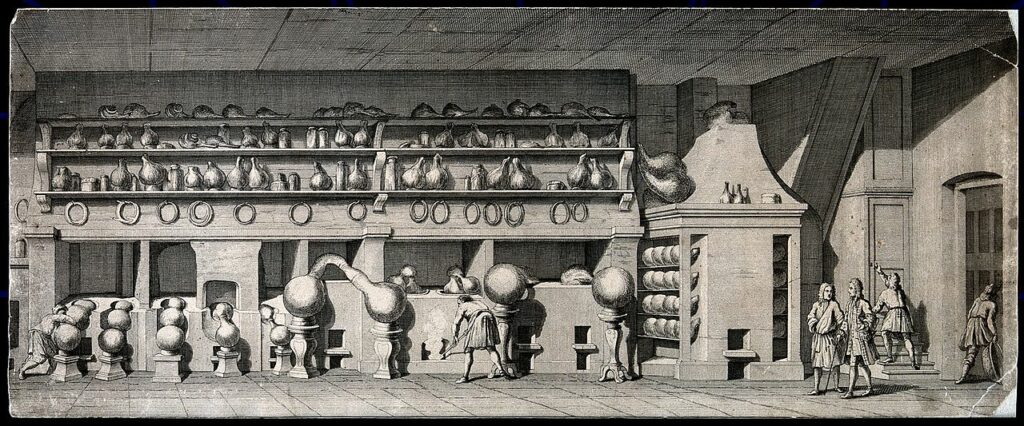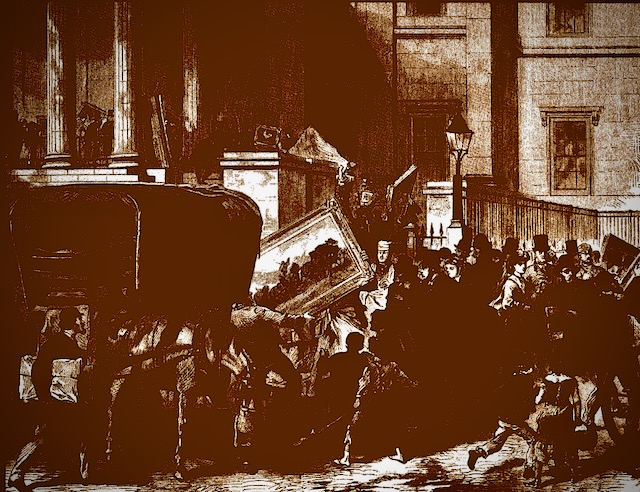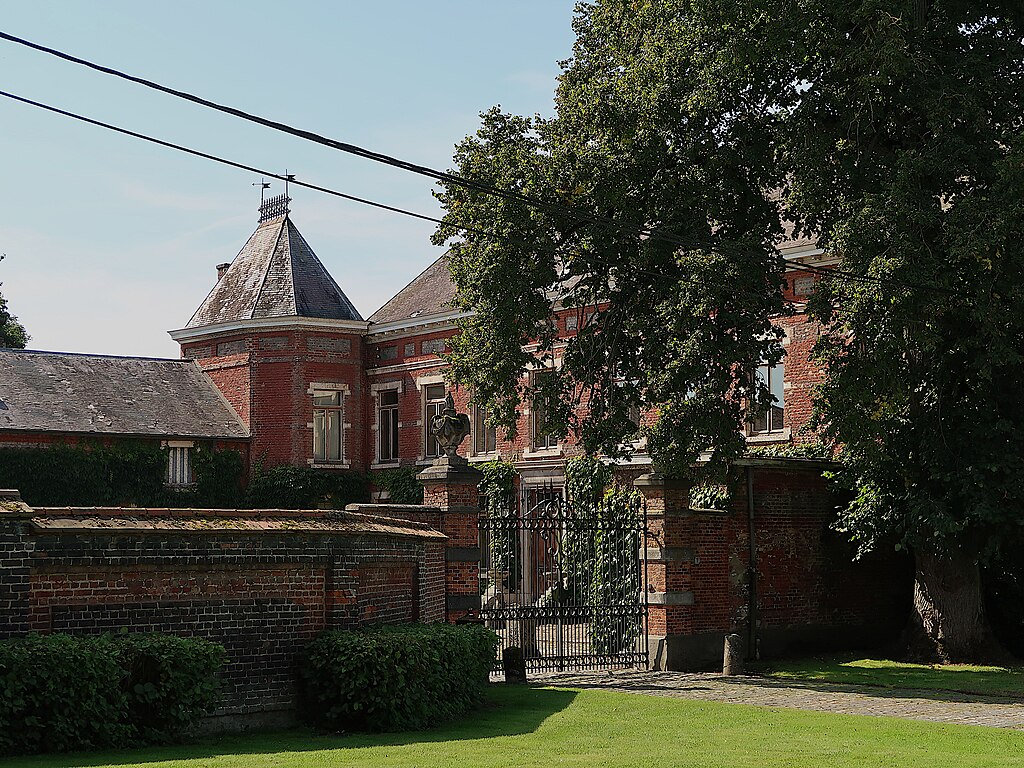Historic Artifacts: Choosing the Fire Extinguisher
By choosing the right type of extinguisher, inspecting and maintaining it regularly, placing it in easily accessible locations, and having a fire safety plan in place, cultural heritage buildings and artefacts can be protected for future generations
Fire extinguishers are an essential tool in protecting cultural heritage buildings and artefacts from the damaging effects of fire. Their impact in case of use can extinguish fire but can also damage the artefacts to be protected. Therefore, it is crucial to have a reliable fire extinguishing system in place to prevent such damage.

There are different types of fire extinguishers available, and each type is designed to put out specific types of fires. For example, Class A extinguishers are suitable for putting out fires that involve wood, paper, and cloth, while Class B extinguishers are better for putting out fires that involve flammable liquids. Class C extinguishers are ideal for putting out fires that involve electrical equipment.
When choosing a fire extinguisher for a cultural heritage building or artefact, it is essential to consider the type of fire that is most likely to occur. For example, a museum with a large collection of oil paintings may require a Class B extinguisher to protect against fires caused by the oil used in the paintings. Indeed, however, the effect of the extinguishing agent on paintings and other objects of historical interest must also be considered.
On the other hand, a historic building with a lot of wood panelling may require a Class A extinguisher. Inspection and Maintenance is crucial to inspect and maintain fire extinguishers regularly to ensure that they are in good working condition. This includes checking the pressure, ensuring that the nozzle is in good condition, and making sure that the extinguisher is easily accessible. It is also important to train staff and volunteers on how to properly use the extinguisher in case of an emergency.
Fire Extinguishers should be placed in easily accessible locations throughout the building, particularly in areas where fires are most likely to occur. For example, a fire extinguisher should be placed near the kitchen area in a historic home that still has an active kitchen. It is also important to ensure that the extinguisher is not obstructed by furniture or other objects, and that it is easily visible in case of an emergency.
Having a fire safety plan in place is crucial for protecting cultural heritage buildings and artefacts. This plan should include a detailed evacuation procedure, a list of emergency contact numbers, and a plan for dealing with fires that occur outside of regular business hours. Regular fire drills should also be conducted to ensure that staff and visitors are familiar with the plan and know how to respond in case of an emergency.
Fire extinguishers are a critical component in protecting cultural heritage buildings and artefacts from the damaging effects of fire. By choosing the right type of extinguisher, inspecting and maintaining it regularly, placing it in easily accessible locations, and having a fire safety plan in place, cultural heritage buildings and artefacts can be protected for future generations to enjoy. It is important to take fire safety seriously and to take steps to prevent fires from occurring in the first place. With the right tools and a solid plan in place, cultural heritage buildings and artefacts can be protected from the devastating effects of fire.
The compatibility of extinguishing agents with the different materials of historic artefacts is an important consideration when choosing a fire extinguisher for a cultural heritage building or artefact. Here are some general guidelines for the most common types of materials found in historic artefacts:
1. Water: Water is a suitable extinguishing agent for most materials, including wood, paper, and textiles. However, it may not be effective for fires involving oils or fats, and it can damage some types of materials, such as paper, water-sensitive paints or varnishes.
2. Foam: Foam is effective for fires involving flammable liquids, such as oil or gasoline. It is also safe to use on materials such as wood, paper, and textiles butt the effects on the most of support materials that can be found among cultural heritage artefacts has to be checked.
3. Dry Chemical: Dry chemical is effective for fires involving electrical equipment, such as appliances or wiring. It is also effective for fires involving flammable gases, such as propane or natural gas. However, it may not be suitable for use on materials that are sensitive to chemicals, such as some types of plastics or rubber and should be checked about the effects on the support materials that can be found among cultural heritage artefacts.
4. Carbon Dioxide: Carbon dioxide is a clean agent that is effective for fires involving electrical equipment, as well as for fires involving flammable liquids and gases. It is also safe to use on most materials, including wood, paper, and textiles. However, it may not be effective for fires involving solid materials, such as metals or glass. In this case, the very low temperature of the gas should be considered as a possible issue when used on cultural heritage artefacts.
It’s important to note that the effectiveness of an extinguishing agent can depend on the specific type of material being protected, as well as the severity and location of the fire. For example, a water-based extinguisher may be effective for a small fire in a wood-panelled room, but it may not be effective for a large fire involving oil-based paintings.
When choosing a fire extinguisher for a cultural heritage building or artefact, it’s important to consider the types of materials present, as well as the potential risks and hazards associated with the location. It’s also important to follow proper maintenance and inspection procedures to ensure that the extinguisher is in good working condition and ready for use in case of an emergency. A number of recommendations on the use of different agents can be found in:
- the 2006 report “Manual Fire Extinguishing Equipment for Protection of Heritage”, compiled by COWI under COST Action C 17 on behalf of Riksantikvaren, the Norwegian Directorate of Cultural Heritage (RNDCH) and Historic Scotland. The report concludes that if extinguishers are used after the fire has grown, the increase in damage per minute is so great that the damage caused by the fire itself will invariably be greater than that caused by the extinguishers, their agents, or hardware
- the 2016 Fire Protection Research Foundation” Impact of Fire Extinguisher Agents on Cultural Resource Materials”. This document presents the findings of two consecutive studies conducted by Jensen Hughes and the Colonial Williamsburg Foundation, funded by the Institute of Museums and Library Services National Leadership Grant (IMLS-NLG). The research aimed to investigate the impact of fire protection agents on cultural heritage materials. The main objectives included the development of a standardized test protocol for future assessments, allowing diverse testing entities to report and compare results. Additionally, the studies sought to collect data on how various materials respond to common portable fire extinguisher agents over both short and long durations.







